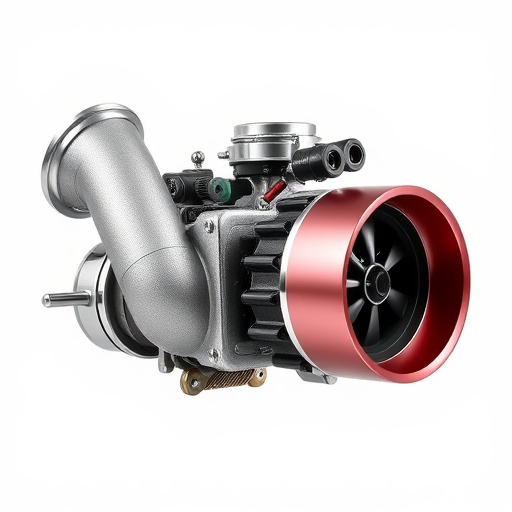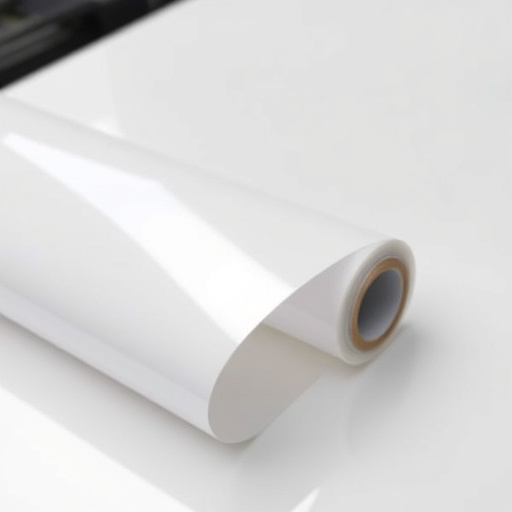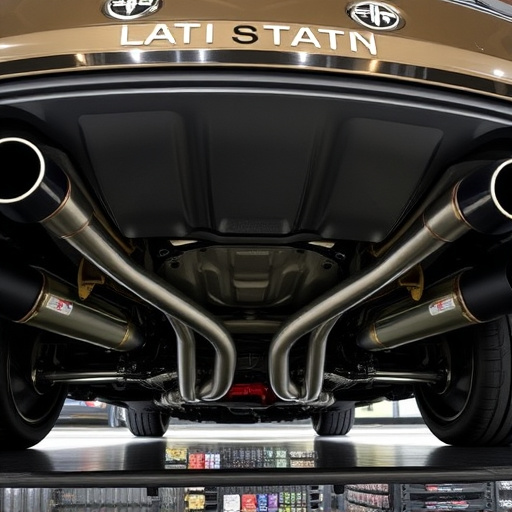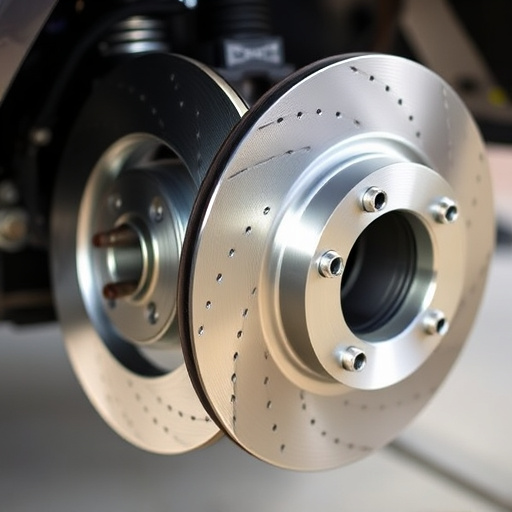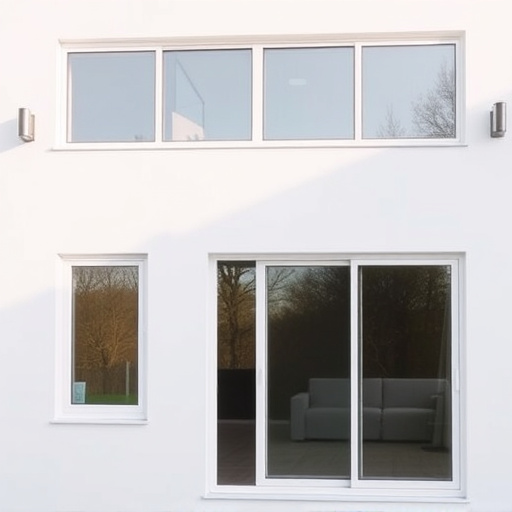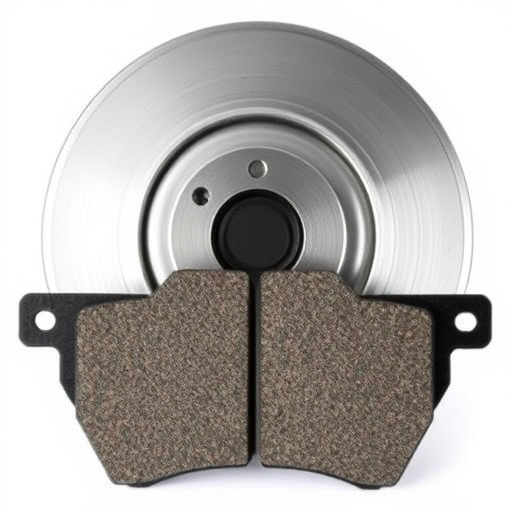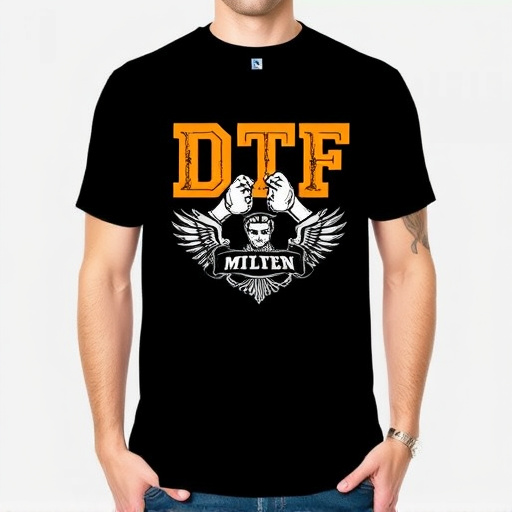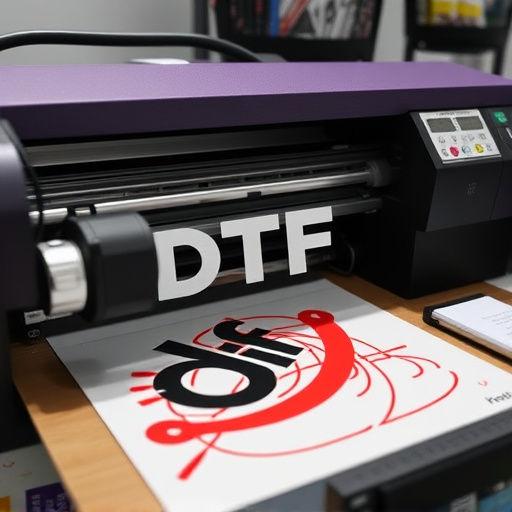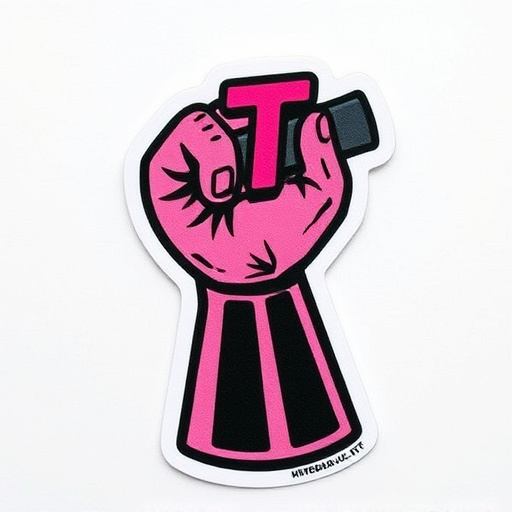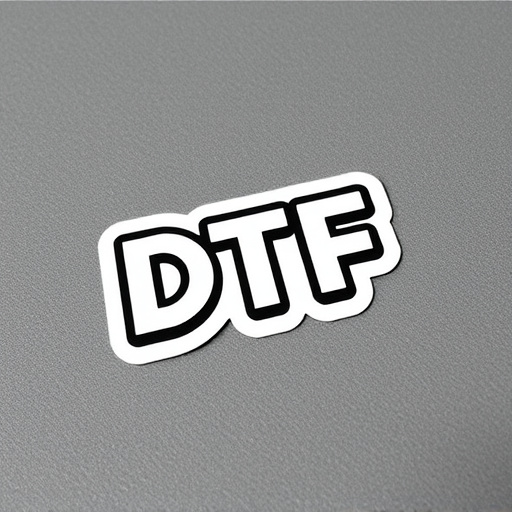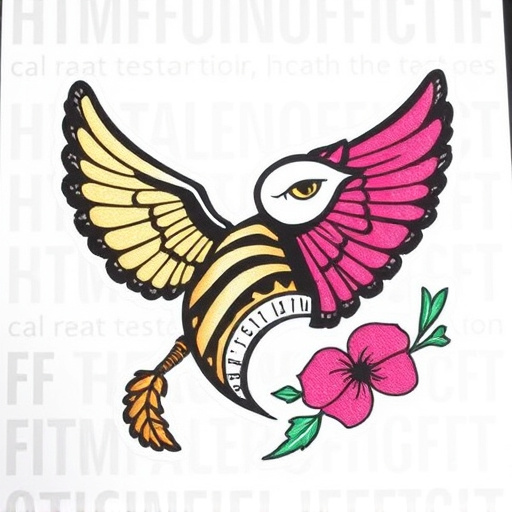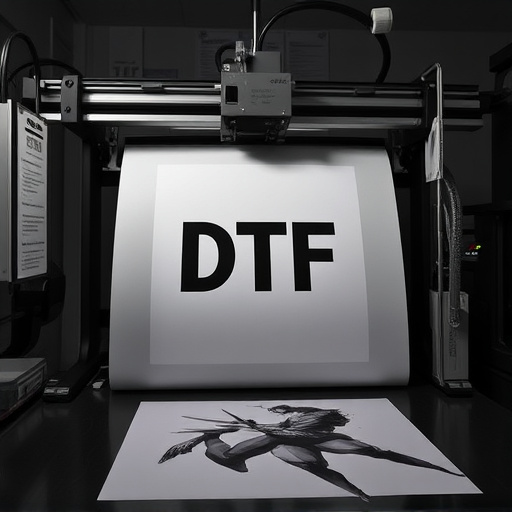Direct to fabric (DTF) printing has revolutionized custom apparel, especially hoodies, by enabling vibrant and durable designs on various materials using heat transfer paper. The right fabric selection is crucial for DTF hoodies, considering adhesion, weight, durability, and care instructions. Polyester is popular for its strength and print capabilities, while cotton offers comfort and breathability. Blended fabrics combine both benefits. These choices cater to diverse consumer preferences in the DTF hoodie market.
Looking to create high-quality DTF hoodies? This guide breaks down everything you need to know about choosing the perfect fabric. DTF (Direct to Fabric) printing offers a vibrant, durable finish on customizable hoodies, making them ideal for everything from fashion statements to promotional items. We explore the key factors influencing fabric selection, highlighting top options for exceptional print quality and lasting wear. Discover the secrets to crafting standout DTF hoodies.
- Understanding DTF Printing and Its Hoodie Applications
- Key Factors in Choosing the Right Fabric for DTF Hoodies
- Top Fabric Options for Exceptional DTF Hoodie Quality
Understanding DTF Printing and Its Hoodie Applications
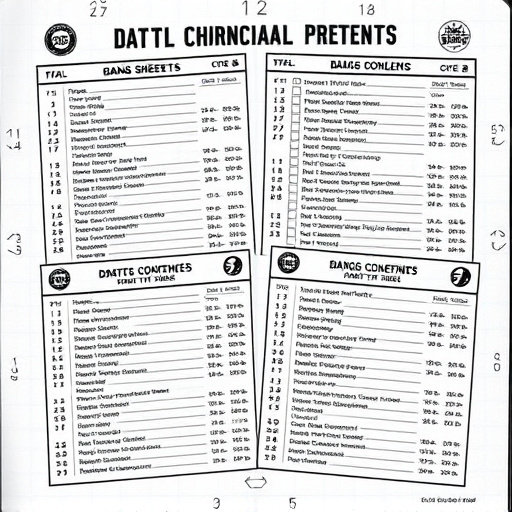
Direct to fabric (DTF) printing is a cutting-edge technique that has revolutionized the custom apparel industry. It involves applying ink directly onto the surface of fabric, allowing for vibrant and durable designs on a variety of materials. When applied to hoodies, DTF printing offers an innovative solution for creating custom, personalized garments. This method is particularly well-suited for small batches or even single items, making it ideal for both businesses and individuals looking to express unique styles.
DTF heat transfer paper serves as the medium that facilitates this printing process. The paper is designed to accept ink and then transfer it onto the hoodie’s fabric, ensuring precise and long-lasting results. Custom DTF transfers enable creators to design intricate patterns and graphics, making them perfect for showcasing artistic talent or promoting brands. Whether you’re aiming to stand out in a crowd or express your individuality, DTF printing offers a versatile and effective way to transform plain hoodies into statement pieces.
Key Factors in Choosing the Right Fabric for DTF Hoodies
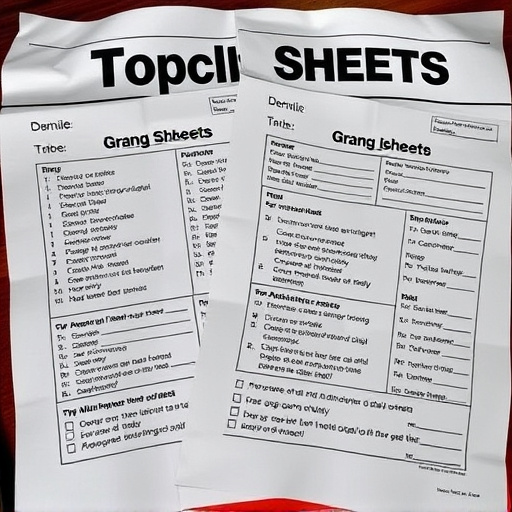
When selecting the ideal fabric for DTF (Direct to Fabric) hoodies, several key factors come into play. First and foremost, the material’s suitability for ink adhesion is paramount. DTF printing involves applying ink directly onto the fabric, so a smooth, porous surface ensures better ink absorption and overall print quality. Cotton, for instance, is a popular choice due to its breathability and comfort, making it ideal for hoodies.
Additionally, the fabric’s weight and thickness play a role in determining the final product’s durability and aesthetic appeal. Heavier fabrics like cotton-poly blends offer a more robust construction, suitable for activewear. Conversely, lighter fabrics might be preferred for a more airy, casual hoodie. Consider also the care instructions and washing machine compatibility, as some materials require specific treatments to maintain their print quality and colorfastness, especially when using a dtf printer and transfer film for t-shirts or hoodies.
Top Fabric Options for Exceptional DTF Hoodie Quality
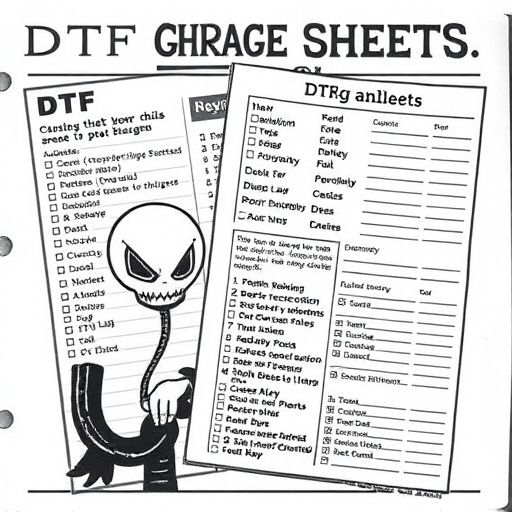
When it comes to creating high-quality DTF (Direct to Fabric) hoodies, the fabric choice plays a pivotal role in determining the final product’s durability and aesthetics. For exceptional DTF hoodie quality, several top fabric options stand out due to their unique properties. Polyester is a popular choice for its strength, wrinkle resistance, and ability to accept prints vividly. This synthetic fiber ensures that your designs remain vibrant and lasting on the hoodies, making it ideal for both bulk DTF shirt production and custom sheets for heat pressing designs onto garments.
Another excellent option is cotton, renowned for its softness and breathability. While it may not exhibit the same durability as polyester, 100% cotton fabrics provide a comfortable feel that many customers prefer. Blended fabrics, combining cotton with polyester or spandex, offer the best of both worlds: enhanced durability from synthetic fibers and superior comfort from natural cotton. These blends are particularly suitable for creating DTF hoodies that combine style and functionality, catering to a wide range of consumer preferences.
When selecting fabric for DTF hoodie printing, consider the unique properties of each material to achieve optimal results. By understanding the key factors and top fabric options discussed in this article, you can create high-quality, vibrant DTF hoodies that cater to your target audience’s style and comfort needs. Choose wisely to stand out in the market!
